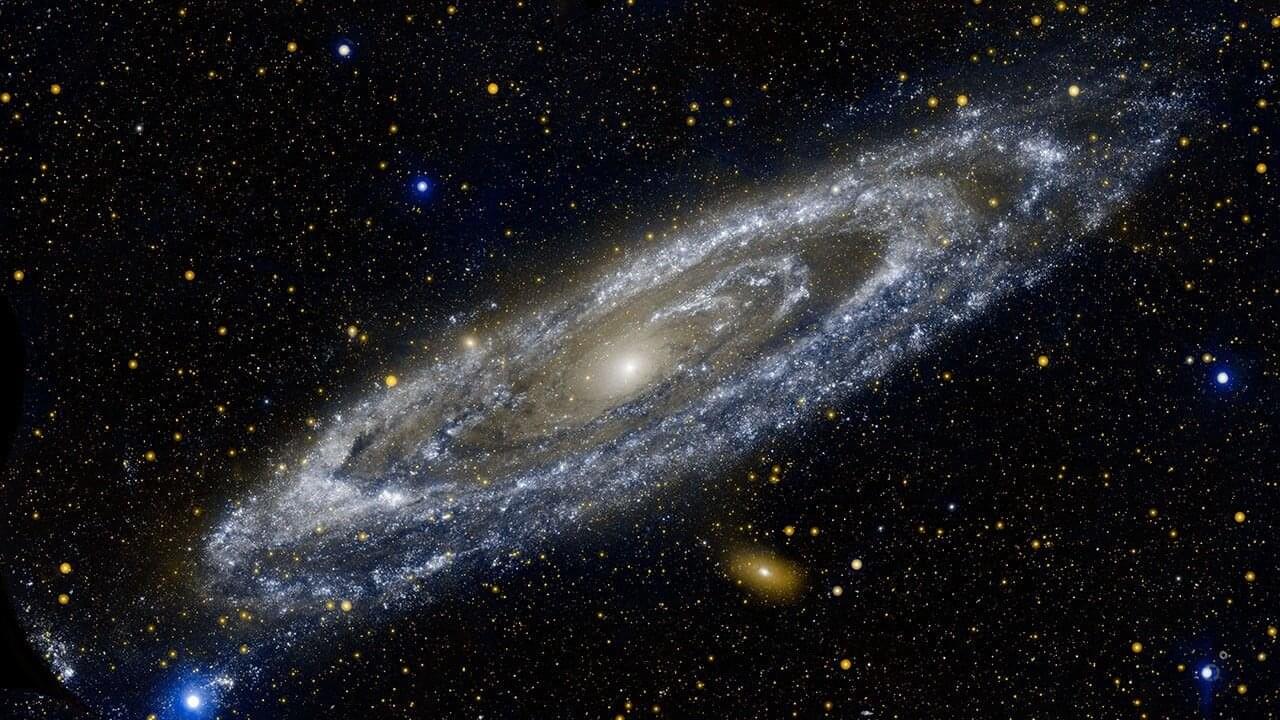Questions to inspire discussion.
💰 Q: What would California’s wealth tax cost super voting shareholders like Larry Page and Sergey Brin? A: The tax multiplies voting ownership percentage by market cap to value super voting shares, resulting in a punitive tax rate of up to 50% on net worth for founders with control premiums.
🏃 Q: How much wealth could leave California if the asset seizure tax passes? A: An estimated half a trillion dollars in net worth could exit the state, creating severe budget implications for California’s social programs and general budget.
📊 Q: What should entrepreneurs do to prepare for potential wealth taxes on unrealized gains? A: Maintain a liquid safety net to cover tax bills on unrealized gains, though this is impossible to plan for if stock values later decline and bankrupt the company.
2026 Business Opportunities.
🤖 Q: Which company will become the first with more robots than humans? A: Amazon is predicted to become the first company with more robots than humans driving its bottom line by 2026 as they deploy robots while keeping human hiring flat.




